
The takeaway: The Coronavirus and your nest-egg should each be treated the same way during this crisis: maintain social distance. Take the long view. History shows that, in time, the market will return to its recent highs, and eventually surpass those highs. Beware the flight to “safety.” For now, understand basic nest-egg management principles.
$$$
Hello, shell-shocked Boomer. In my January 13th letter to subscribers, the subject line read: “trees don’t grow to the sky, and neither will this market.” The accompanying post gave guidance on how diversification could stem losses and enhance gains–particularly as related to your stock funds.
In my January 25th post, I posted a picture of the trees in my backyard, again warning that neither those trees, nor the stock market, would grow to the sky.

In case you missed ’em. My trees. They’re not growing to the sky. And like I said, neither would this market.
Cue the stock market crash.
Sure enough, the market did what markets do from time to time. It fell.
This time it was the Coronavirus. Last time it was the housing sub-prime lending crisis. Next time it it’ll be something else.
Why did it fall?
It fell because markets hate uncertainty. Three uncertainty factors were swirling in the market as I wrote those missives.
- First, dissolution / reorganization of the federal unit dedicated to pandemics, coupled with China’s initial rebuff of the U.S. efforts to assist identifying the mysterious flu killing its citizens–created uncertainty about what was going on with a key global trading partner.
-

Tell me and tell me now! Whose fault was this?
Second, with no antidote or vaccine at the ready, the virus began spreading worldwide, creating uncertainty about how much damage to human life and the economy would ensue.
- Finally, and prior to the virus, the bull market, which had already lasted an unprecedented 11 years, began exhibiting market metrics that created uncertainty about how long the market could sustain its then levels of growth.
Wrap it up in a box, tie a ribbon around it, and it was one of those foreboding Bob Dylan moments: you know something’s happening but you don’t know what it is [do you, Mr. Jones?].
So now, let’s start picking up the pieces.
But first things first.
Always do your own due diligence. Trust no one with your money, including me.” 🙂
Having said that, my advice is this: treat your nest-egg like you’re treating the virus. Maintain social distance. Now is a dangerous time to make changes–in my opinion. Consider the long game. History shows that, in time, the market will return to its recent highs, and even surpass those highs. (Take a look at this post.)
In any market, certain principles of nest-egg management always apply.
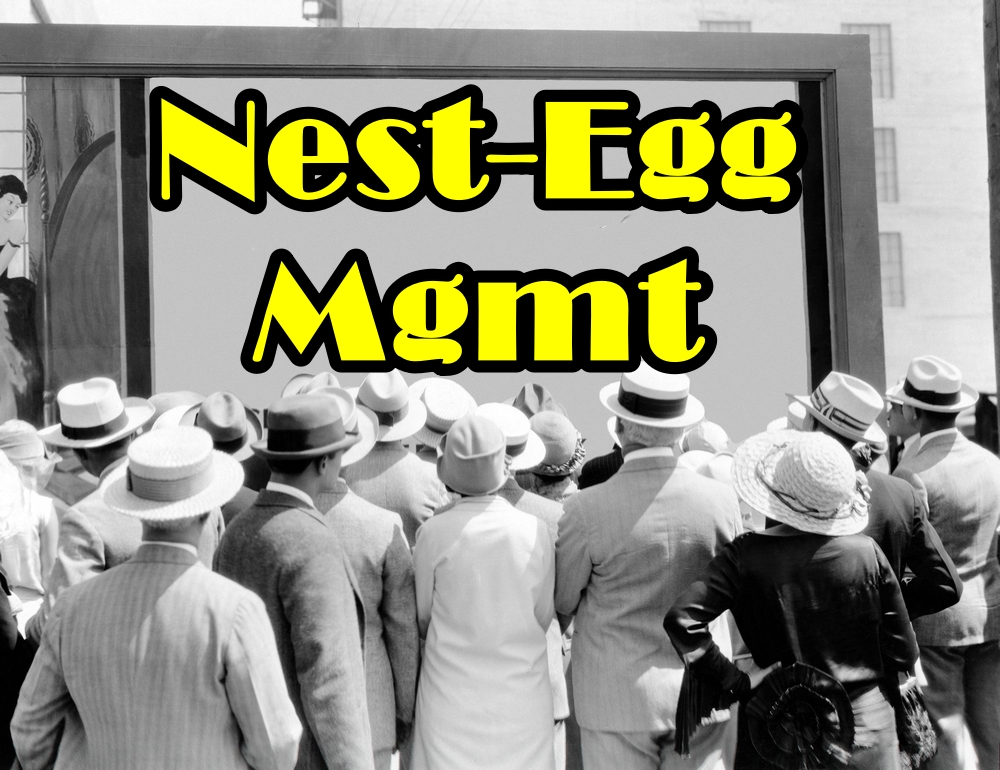
There are basic principles of nest-egg management. Follow them!
Boomer, whether there’s a Coronavirus bringing down the market or markets are flying sky high, there are five nest-egg management principles that will hold you in good stead. We’ll discuss each one in turn.
When I’m talking about your stocks and bonds, I’m always talking about stock and bond mutual funds–preferably index mutual funds.”
#1. Your nest-egg and the stock market: understand the price of admission.
There’s an admission price to participate in the stock market. What did you get for your participation? From March 2009 to January 2020, the stock market rose by 344%, as explained here. It was a great party.

Who paid the admission price for this lousy show? (What d’ya mean, I did?)
But since there’s no free lunch, the bill for that party has now come due. Between February 19 and March 16 of this year, the market dropped 30%. That’s approaching the fall incurred in 2008, when the market dropped 37% for the entire year.
Do your own due diligence, Boomer. For me, a gain of 344% and a (temporary) loss of 30% doesn’t fry my nerves. (At least not much.) That’s my admission price. To increase my nest-egg by 344%, I accept having to pay 30% back. Your mileage may vary.
What’s your admission price? Today is a gift for you to decide what admission price you’re willing to pay. There’s no shame in whatever that price is.
Just know your price.
But before you flee to something someone sells you as being “safe,” continue reading.
#2. Keep a certain amount of cash on hand and don’t put money in the market that you’ll might need any time soon.
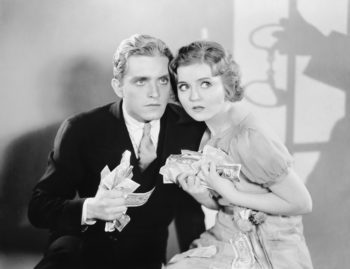
(Next time) consider keeping, say, between 11 to 36 months out of the market.
Don’t put money you’ll need any sooner than, say, 11 to 36 months in the stock market.
Why?
So, depending on your own risk tolerance and due diligence, you might want somewhere between 11 and 18 months of cash on hand. (Your mileage may vary.) If you’re super cautious, you could double the 18 months and keep cash on hand for 36 months.
This is money that’s not in the market, but instead readily available to handle any short-fall or emergency expenditures that might occur.
What does this mean?
- If you’re a 65 year-old retiree, who’s Social Security and pension aren’t enough to live on, you’d keep however much extra you need on hand for 3 years. Thus, if you need $1,000 more a month beyond Social Security or a pension, you’d keep $36,000 on hand; ($1,000 a month x 12 months x 3 years.)
- It means you keep enough cash on hand to pay your required minimum distributions three years before they’re due.
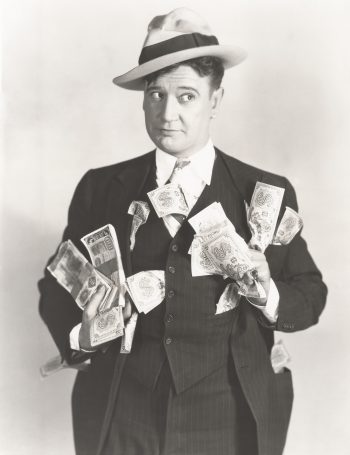
Keep some cash on hand. The market’s for money you don’t need right away!
Exceptions apply for Boomers still in the job market. If you’re still working, some folks recommend you have at least eight months expenses on hand in case you suffer an unexpected job loss. Add in the cost of unforeseen emergencies, like an unexpected illness (or pandemic), your car getting totaled, your roof springing a leak, etc., and go from there.
Bottom line.
The market is for money you don’t need right away. You don’t want to have to sell off some of your stock funds to get cash during a recession or down market. You don’t want to sell low to fund life’s shortfalls or unexpected emergencies.
You want to buy low–not sell low.”
Capeesh?
After the market comes back, let your individual risk tolerance determine how much you’ll invest in the market.
#3. Know your risk tolerance.
Risk tolerance is how you feel right now that the market has tanked.

This woman’s face suggests she’s overshot her risk tolerance. Don’t be her!
When the market is flying high. it’s easy to think of yourself as a “risk-taker,” For an unprecedented 11 years, the market’s been flying high. For now, that’s over.
During this down time, assess your risk tolerance. Answer these questions.
- Are you having sleepless nights or are you at peace?
- Are you glued to media to divine what the market’s doing or do you yawn when headlines scream Armageddon?
If you’re super nervous, you likely overshot your risk tolerance this time around.”
In your heart of hearts, you either don’t understand (or accept) that markets fluctuate, just like gas prices.
In this post, I showed how these fluctuations occur using historical financial data. I gave the example of your beloved grandma, who deposited $100 in the stock market in 1927. After that, she never invested another dime.

I know my hair is ready! Give me a minute. I’m figuring out my risk tolerance.
Today, despite the stock market crash of the Great Depression, despite the stock crash of the Great Recession, despite the dot.com bust, and despite assorted other stock market calamities, by year-end 2019, that $100 was worth $502,387.
The markets descend heavenward and then crash to hell. It’s what they do.
But over the long-term, as we see from grandma, stocks go up.
If you find little comfort in this example, and there’s absolutely no shame if you don’t feel comforted, that means you have too big a chunk of your nest-egg in the market–relative to your individual risk tolerance. Your risk tolerance is yours. What’s too much for one person may not be enough for another.
You must know your individual risk tolerance, otherwise you.will.permanently.lose.money. You will panic-sell, in a moment such as this, when the market tanks. You’ll sell low, and you’ll lock in your losses. It will be hard to get back to where you might have been had you held fast. The word from here is, “Don’t do it!”
You must know your risk tolerance, otherwise you’ll panic-sell, in a moment such as this, when the market tanks. You’ll permanently lose money. Don’t do it!”
Use this time to decide how much money you want to keep on hand for unforeseen expenses, and how much you are comfortable putting in the market. (Check out these rules of thumb to help you with this.) After the market returns to normal, incorporate changes that conform to your risk tolerance.
And one more word of caution: as you assess your risk tolerance, don’t be fooled by what you think constitutes a “safe” investment.
#4. Beware the flight to “safety.”
Boomer, at this point, you may be thinking that you can’t take all this stock market drama. And who could blame you?
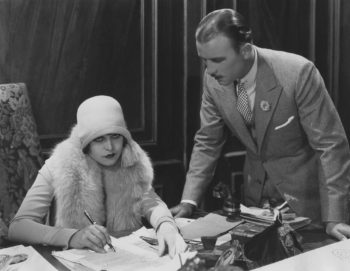
What do you mean the same amount of money now only buys half of what it did when I retired? I thought my money was in safe investments!
Perhaps you’re ready to put your entire nest-egg somewhere “safe,” like in FDIC insured pass-book accounts, or in certificates of deposit (CDs), or money market funds.
Boomer, there’s absolutely no shame in that. It might be better than panic-selling in a market downturn.
But know this.
In these “safe” low interest-bearing accounts, your money will likely have only half the purchasing power at the end of a 24-year retirement that it has today. In other words, dear Boomer, you better have twice the amount you need today, to have the exact amount you’ll need tomorrow.
Why?
Because inflation eats away at the purchasing power of your money. Following the Rule of 72 and the average U.S. inflation rate of 3%, today’s money will only be worth half as much in 24 years. In other words, one hundred dollars today will only be worth $50 in another 24 years.
Your retirement may well last longer than your career. Take a look at what happened to my dad and his “safe” investments.
As you contemplate these safe investments, remember that money is like life. There are risks everywhere.
#5. Asset allocation: since 90% of your investment results are based on asset allocation, use it!

How many times I gotta tell ya? It’s all about asset allocation. Now go use it and get outta here!
Boomer, just like that guy-at-the-movies-in-the-row-behind-you-who-won’t-stop-talking-even-when-you-turn-around-and-give-him-the-stink-eye, I’m going to talk to you about asset allocation–again. Asset allocation is the relative percentage of stocks and bonds in your nest-egg.
This relative percentage accounts for 90% of your investment results.
Loyal readers know I’ve written in scintillating and sparkling detail about asset allocation in the asset allocation series. (See right sidebar.)
The asset allocation series is designed to give you the tools and confidence to weather a moment like this.”
Posts in the series were designed to help you:
- stem losses and enhance gains
- buy low and sell high.
What’s not to love?
And the links below show how to achieve that Nirvana. They explain:
-
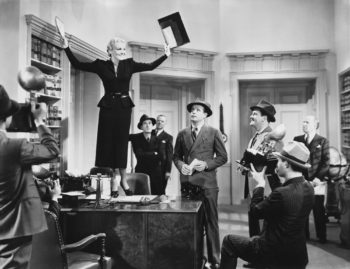
Hey everybody! I’ve got the Boomer Money and More Asset Allocation series right here! Let’s read it together!!
how asset allocation determines 90% of your investment returns,
Wary Boomer, consider this asset allocation example.
You got this.
Whether it’s the Coronavirus or the plague, there are nest-egg hygiene practices that serve to stem your losses and enhance your gains. Understand that the stock market has an admission price. Don’t put money in the market you’re going to need in the next 11 to, say, 36 months. Know your risk tolerance. Carefully consider what’s “safe” and what isn’t. And above all, practice asset allocation. Understand the benefits it can provide.
Here’s why.
Prince Charming and Princess Leia took the last train to Clarksville. Mom and Dad have flown the coup.”
At this point, no one cares as much about your money as you do. Trust no one.
You’ve now got the information–and the research that backs it up. You’ve got the tools.
It’s clear.
You got this.
$$$
P.S. Always do your own due diligence. 🙂
